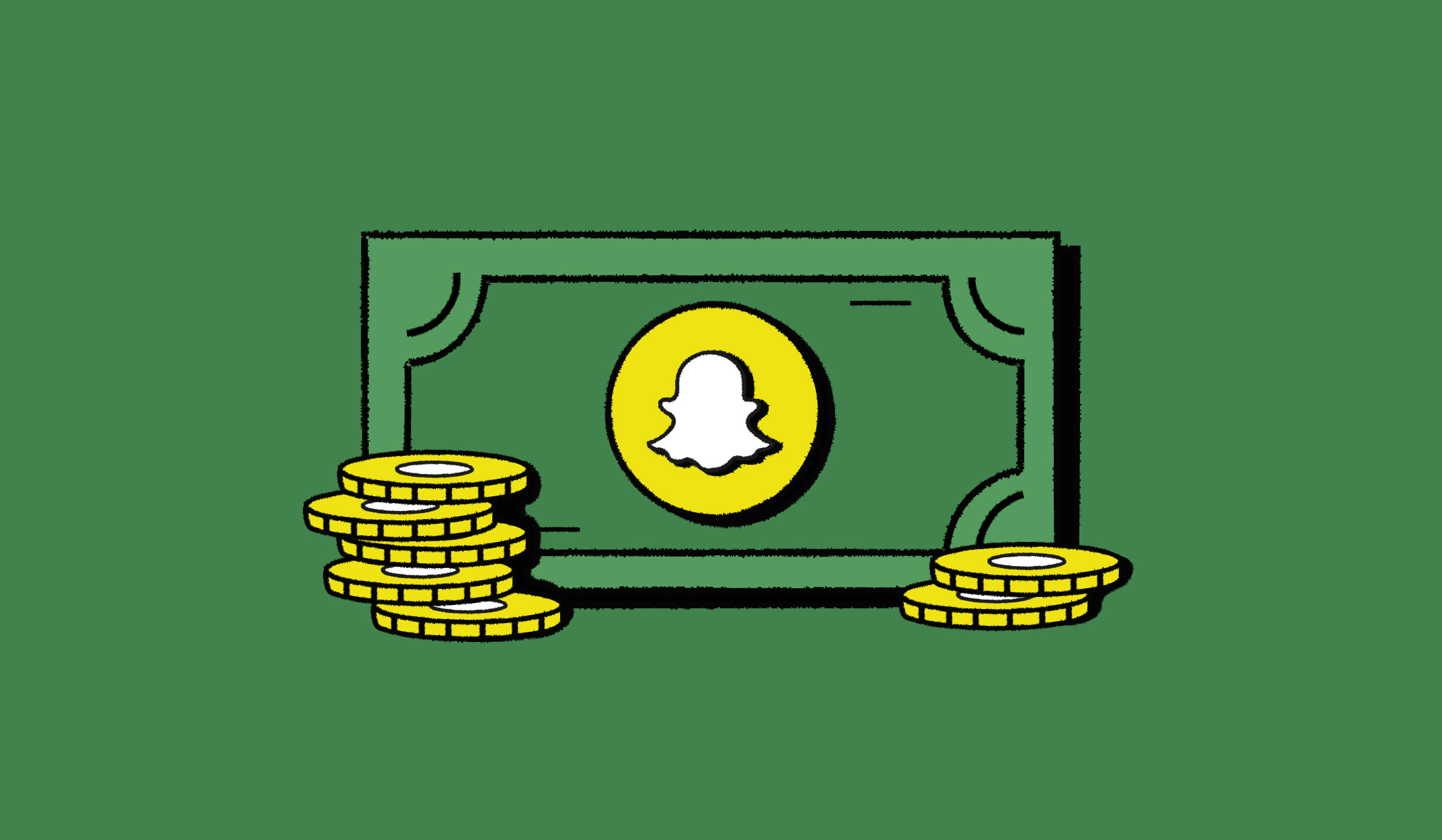Bussiness
What TikTok’s uncertain future in the U.S. could mean for Snap’s ad business

TikTok’s uncertain future in the U.S. could be a win for Snap, especially as the TikTok ban calls into question the billions of dollars currently driving the short-form video app’s ad business.
The TikTok ban that had been brewing since former President Donald Trump’s time in office finally came to head this year, spurring marketers to draw up contingency plans out of caution. TikTok punched back with a lawsuit of its own to stop enforcement of the most recent bill, which would require its Chinese parent company ByteDance to sell TikTok or be banned in the U.S.. For now, everything is in litigation limbo. But should it all go to hell in a handbasket, Snap wants to cash in on TikTok’s spoils.
“Now, with the TikTok uncertainty, people are looking for, ‘Where are other places that maybe I haven’t invested as much of my time’,” said Patrick Harris, president of the Americas at Snap. “But knowing when they do invest that time, that they’re able to see returns that are consistent and can help meaningfully continue to move and grow their businesses. That’s the journey that we’re on.”
Snap has spent the last quarter positioning itself for growth, working to woo advertisers with recent incentives, improved ad products and a new brand campaign to tout those offerings to consumers and marketers. It’s been a slow build back from red to black, but Snap’s ad business raked in nearly $1.2 billion in Q1 2024, following the $1.36 billion it brought in during Q4 2023 and the $1.19 billion it brought in during Q3 2023.
According to Harris, the platform still has room to grow, expanding its advertiser base across all segments, from small to medium-sized businesses up to larger companies. That said, TikTok’s ban could stand to be the next chapter in Snap’s ongoing journey to scoop up more ad dollars.
“Advertisers right now, they’re really looking for alternatives to the duopoly,” Harris added.
Snap isn’t alone. Apparently, the spoils from the potential ban are top of mind over at Google too. According to Business Insider, the tech giant is prodding advertisers to shell out more ad dollars on YouTube in light of said ban.
Digiday spoke with four agency execs for this story, none of which have heard directly from Snap, Google or any of the other big platforms regarding the TikTok ban. However, ever since TikTok started taking up a bigger market share, there’s been a target on its back. For example, Meta launched Reels, Snap launched Spotlight and YouTube launched Shorts, all direct responses to TikTok’s short-form video format. Even LinkedIn is said to be testing a new TikTok-like video feed.
“They are not after TikTok dollars only, but are aggressively positioning themselves as an alternative to paid social, where the highest-performing ad units these days are mostly video-based,” said Katya Constantine, founder of performance marketing shop Digishop Girl, via email, regarding YouTube.
Short-form video is the industry’s latest shiny object, showing up as a major theme at this year’s NewFronts. So it makes sense that the platforms are focused on pushing their own iteration of TikTok to compete for ad dollars, said Jennifer Kohl, chief media officer at VML ad agency.
“I wouldn’t say there is a flood of incentives,” Kohl said via email, referring to TikTok’s competitors vying for ad dollars, “but I would say the platforms are making sure they are working hard to ensure they are front and center for video ad dollars.”
It’s tough to read the tea leaves given the legal back and forth between TikTok and the U.S. government. So it’s business as usual for now as brands maintain a wait-and-see approach.
“Brands and agencies are also contingency planning in case TikTok has a quick change in their situation,” said Kohl. “Normally we have a plan A and B. Now we need plan A, B, C and maybe even D. We want to be prepared.”










